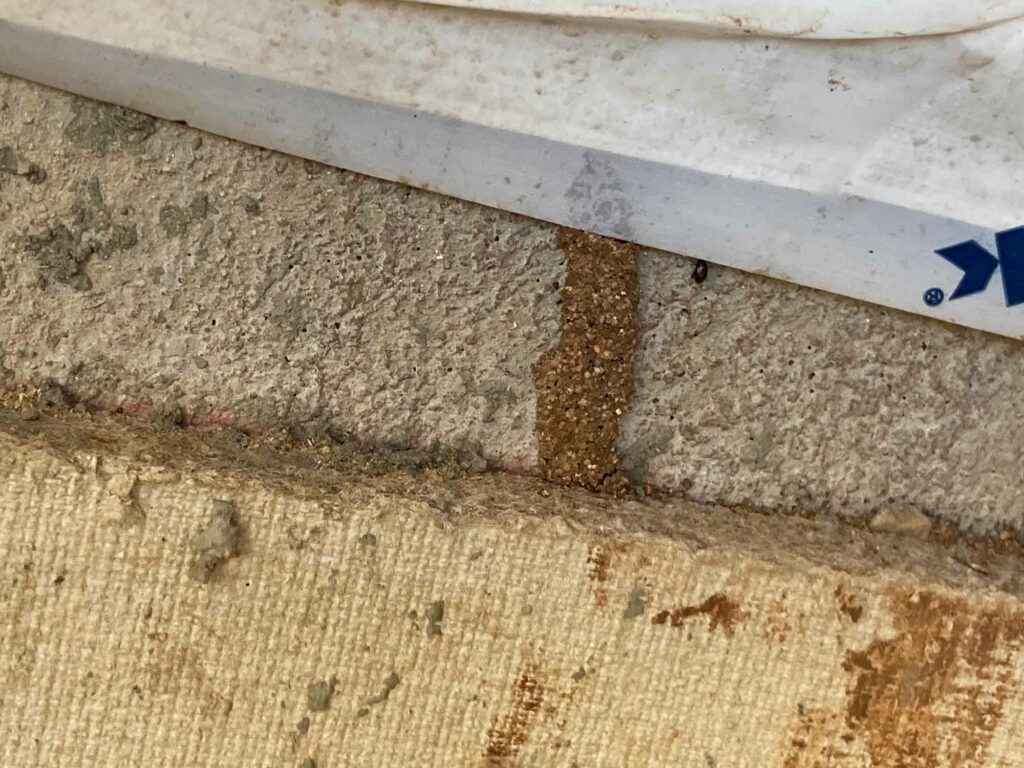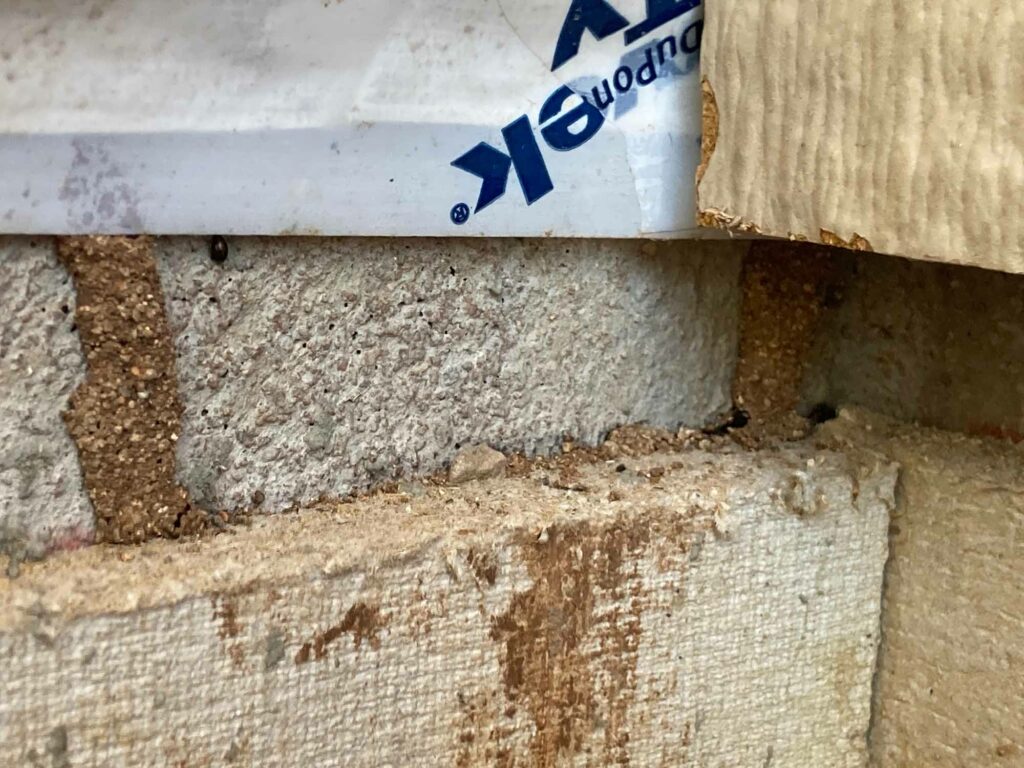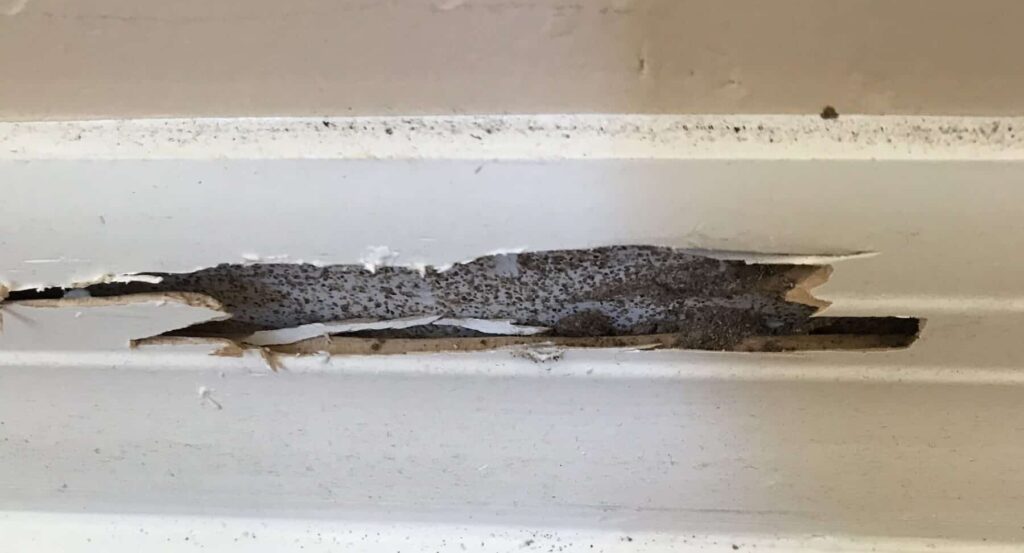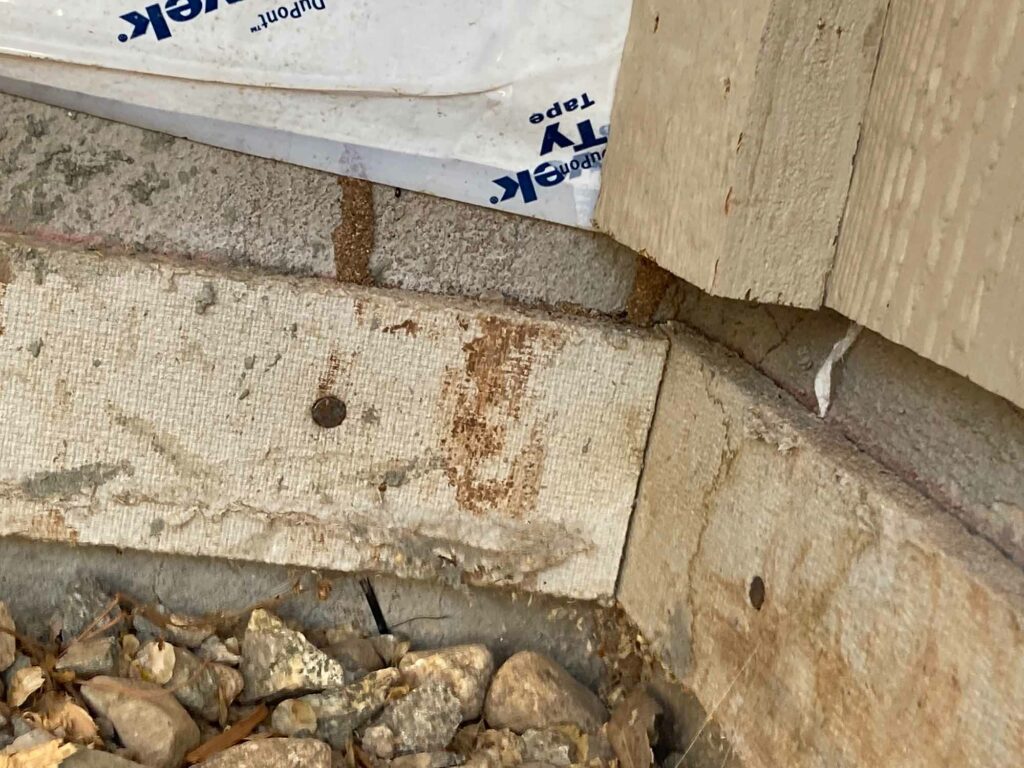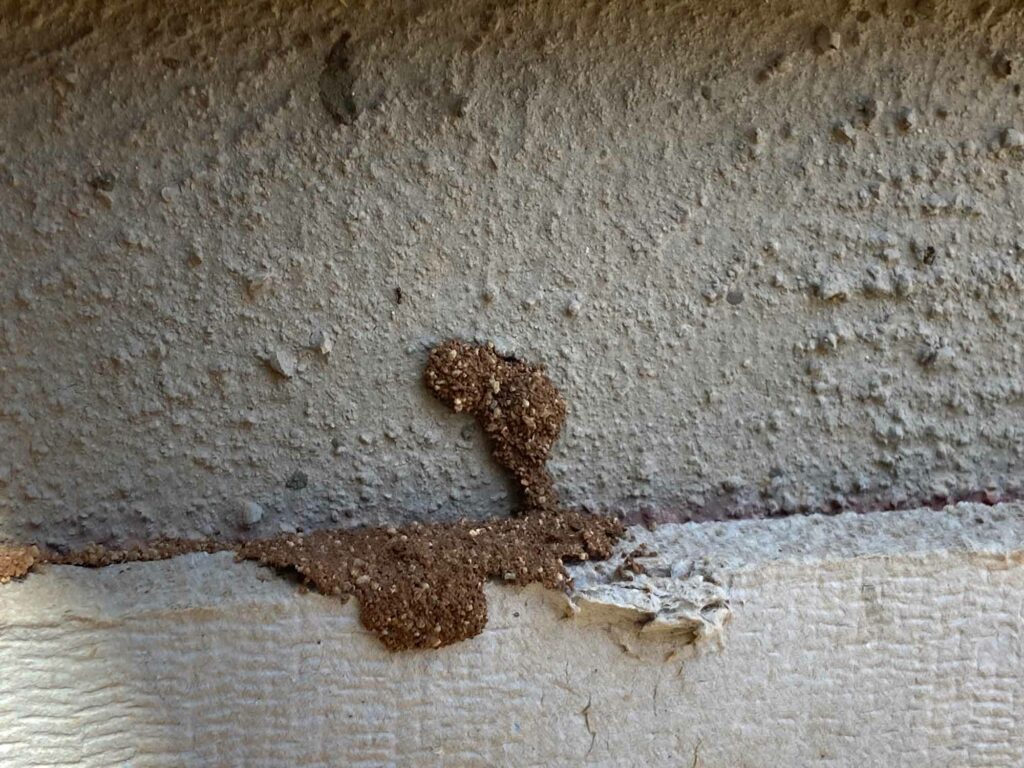Termite Treatment in Arizona
With a combined 75-plus years of experience in termite control, Patriot Pest & Termite Control has the expertise to provide effective, customized preventative methods of termite treatment across Arizona.

How Our Termite Treatment Can help your arizona property
Avoid expensive repair bills
Get comprehensive termite prevention
Protect your home and business
Subterranean Termites in Prescott Valley
The Importance of a Thorough Termite Inspection
Statistically speaking, your Arizona property is far more likely to be damaged by termites than by fire or flood.
According to the National Pest Management Association (NPMA), termites cost Americans more than $5 billion in damage annually. Just about every property in the U.S is at risk of termites.
As an Arizona home or business owner, you should be aware of the risks termites pose on your property, especially because termite damage is not covered by most home insurance policies.
Early detection of termites can help minimize the cost of repairs caused by pest damage.
How to detect termites in your arizona home
Tell-tale signs of a termite infestation:
Termite Swarmers – small flying insects that fly near windows and leave their discarded wings behind. Termite swarmers look very similar to flying ants. Correct identification is critical as part of a professionally customized solution. Typically, the swarmers come out around the springtime, but termites remain active all year round.
Termites are secretive pests and spotting them can prove to be very tricky.
Apart from spotting termite swarmers in the spring, another obvious indicator of their presence is the damage they inflict on properties. To actually tell if you have termites in your home, it is often easier to look for signs of early damage that they typically cause.
Take a look at this eye-opening video of the immense damage caused by a termite infestation on a tiny house replica over the course of 50 days.
Here are common signs of termites you might see (or hear) in your Arizona home or business:
Termites can damage laminate flooring and even skirting boards. Affected flooring may blister and sag in certain areas. Checking underneath the flooring may help to uncover termite activity. You can also check if your floor feels spongier and perhaps springs more than usual.
Look for unexplained cracks on internal walls. As termites consume cellulose found in timber within walls, the visible cracks could be a sign of termite activity inside.
Wooden ceilings, beams, architraves, and rafters in attics are at just as much risk of termite damage as wooden structures located nearer ground level. Look for cracks on ceilings and cornices.
The type of foundation your property is built on has a big impact on how easy it may be for termites to gain entry in search of food. Although a lot of foundations nowadays are made of concrete (and termites do not eat concrete) they are able to squeeze into any crack within these concrete blocks and gain access to floor joists, which are made out of wood.
Laying a chemical termite spray for new construction to create a protective barrier beneath the concrete slab will prevent termites from traveling through foundation cracks. Homes with crawl spaces made traditionally out of wood are at greater risk. Applying termite treatment for wood is highly advised.
Termites are underground critters, feeding on the wood underneath the surface, giving them an out of sight out of mind characteristic. As they gnaw through the wood of your property, they create hollow galleries underneath the surface. Tapping on the surface will make the structure sound hollow. Wooden doors, furniture and wooden structural supports in your property are all at risk, a termite inspection would ease any worry.
Another word for termite droppings. Although they cause no damage, droppings are an obvious indicator of the presence of termites and the potential damage they can inflict on your property, as frass is the by-product of the wood they have eaten.
Act as protection for termites and are commonly found near the foundations of your home. Typically, subterranean termite species build mud tubes, which also provide moisture. They are made up of soil and termite droppings. Avoid attracting termites by removing moisture-rich environments, and storing firewood, mulch and wood chips away from the home. Look for mud tubes on exterior or basement walls. They are easy to spot with the naked eye.
All homes and businesses are at risk of termite damage!
Even those built out of stone or brick are at risk of termites. Structural supports and other building components are often made out of wood and other cellulose-based materials, which are in high demand for a termite’s diet.
Termites have also been known to damage furniture, insulation, plaster, books, and various stored items.
Termites eat 24-hours-a-day, 7-days-a-week. This means they are constantly consuming wood and damaging it. If left untreated, termites can seriously weaken the wood within your home leading to the possible collapse of the building. To help guard your home against termites and avoid expensive repair bills, Patriot Pest & Termite Control offers comprehensive termite prevention plans to minimize the risk from these pests.
Contact Patriot Pest Control in Prescott, AZ
We are happy to be your choice pest exterminator in Arizona. We enjoy making your home or business in Arizona safe and pest free. Your peace of mind is in our hands. Contact us today for your pest inspection, prevention, and treatment. We are honored to serve you.

